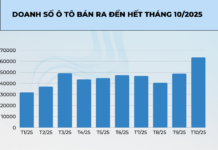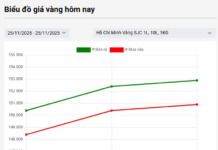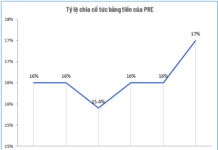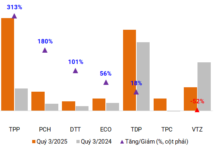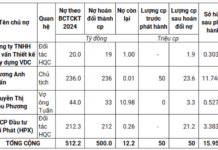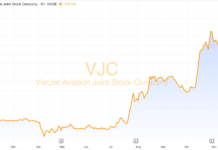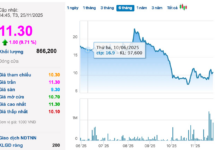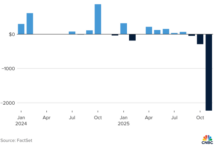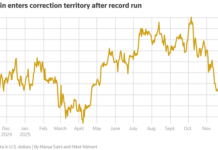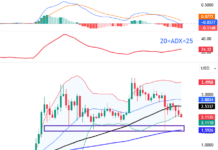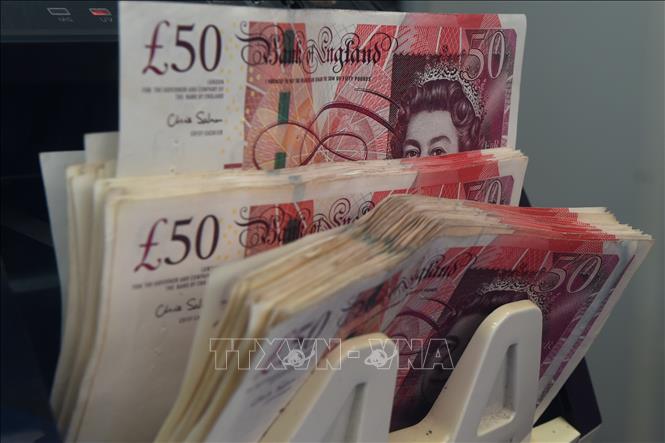
The British Pound. Source: AFP/TTXVN
The Bank of England (BoE) slashed interest rates from 5.25% to 5% on August 1st. Commenting on this decision, BoE Governor Andrew Bailey stated, “We need to ensure inflation is kept low, and we must be cautious not to cut rates too quickly or aggressively.”
With this move, the BoE joins the European Central Bank (ECB), Bank of Canada (BoC), and other central banks in loosening their tight monetary policies, which were implemented to curb soaring inflation during the COVID-19 pandemic.
That wave of inflation has largely subsided, and interest rates are now on a downward trajectory, with the Federal Reserve (Fed) setting the stage for the first rate cut in September. US inflation is currently just over 0.5 percentage points above its 2% target.
Just a few months ago, exiting the anti-inflation battle and high-interest rate environment was still uncertain as US inflation unexpectedly surged earlier this year, causing the Fed to delay its plans for rate cuts, initially intended to start in June.
However, this doesn’t mean that the Fed, BoE, BoC, and ECB have a clear path forward, especially regarding the pace and magnitude of rate cuts.
This debate is currently raging within the ECB, with President Christine Lagarde stating that all options are on the table at the September meeting. Some policymakers predict multiple rate cuts if data unfolds as expected.
Meanwhile, in Canada, the BoC has shifted its focus to supporting an underperforming economy in recent times. The bank is forecasted to cut rates for the third consecutive time in September.
In the US, markets are predicting a favorable economic performance in the coming months, allowing the Fed to cut rates by 0.5 percentage points at its next meeting, rather than just 0.25 percentage points.
However, Fed Chair Jerome Powell noted that by the Sahm Rule, the US economy is showing signs of slipping into a recession, with the unemployment rate rising by 0.7 percentage points since last summer. The Sahm Rule states that when the three-month average unemployment rate is 0.5 percentage points or more above its minimum value of the previous 12 months, the economy is in a recession.
The yield curve inversion, with short-term US government bond yields exceeding long-term yields for over two years, also signals a recession warning.
Nonetheless, growth and consumer spending remain robust, the 4.1% unemployment rate is still historically low, and there are hardly any indications of widespread distress.
Recognizing these factors, Powell assessed the recession risk as low. He stated that this post-pandemic era defies many rules.
Hence, the first rate cut will be just the beginning of a journey, where monetary policymakers will strive to shape their balance sheets and interest rate policies to fit realities they don’t yet fully comprehend.
“Interest rates will be going down from here, but I wouldn’t want to try to give any guidance as to the timing and the pace of that. I think that really will depend on the economy,” said the Fed Chair.
Which bank offers the highest interest rate for online savings in early February 2024?
Beginning February 1st, 2024, several banks have been adjusting their interest rates downwards for savings accounts ranging from 1 to 24 months. Based on a survey conducted across 16 banks, the highest annual interest rate for online savings deposits at a 6-month term is 5%, while for a 12-month term, it is 5.35%.
‘King of spenders’ Phan Minh Thong warns of ‘shocking’ changes in the US market from a $500,000 pho bowl perspective.
“In the US, a bowl of pho costs about $15-18, plus a $20 tip (around 500,000 Vietnamese dong). Compared to Vietnam, where breakfast in Saigon or Hanoi costs around 50,000 dong per meal, and a plate of banh cuon with all the toppings in Hai Phong costs 20,000 dong,” Mr. Thong recounted.





